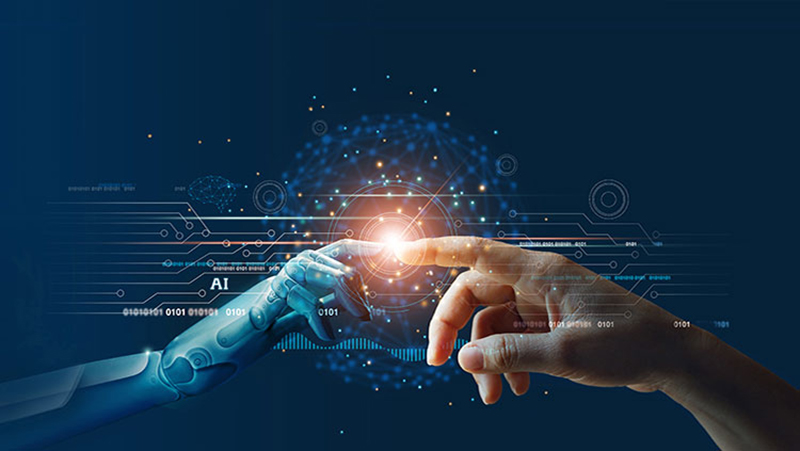Artificial intelligence (AI) and machine learning technologies are increasingly being used by businesses to conduct predictive consumer analysis, solve apparel fit issues, and generate virtual and physical designs. However, these innovations must be used in a way that does not infringe on third-party intellectual property rights.
Artificial intelligence, in its broadest sense, is the use of computers to simulate the way the human brain conducts particular tasks. Extrapolating patterns from huge amounts of data and applying those patterns to create meaningful information or output data — for example, consumer purchase trends, apparel designs, and so on — is one aspect of AI known as machine learning using neural networks. The AI program improves its underlying algorithm over time, resulting in higher-quality output data. Training a neural network is the term used to describe this procedure.
What are the similarities between artificial intelligence and copyright?
Training a neural network entails extrapolating patterns from huge amounts of data and applying those patterns to create meaningful information or output data, as previously stated. Large amounts of data, on the other hand, may contain copyright-protected images or the like, such as photographs downloaded from the internet. Using these copyright-protected photos as input material to train neural networks can also be considered copyright infringement in some cases.
The simple act of downloading and temporarily using copyrighted materials for the primary intention of training a neural network, for example, could be considered an infringement. Some courts, for example, consider temporary downloaded copies of copyright-protected content to be infringement, whereas other courts require more than fleeting downloaded copies to prove infringement.
Copyright infringement may also happen if the output model (e.g., AI-generated virtual design) produced by the above-mentioned machine learning is surprisingly similar to the copyright-protected materials used as input data during the machine learning process. When homogeneous or over-fitted input data sets are utilized to train a neural network, this can happen.
Given the vast amounts of digital data available to companies, as well as the equally vast opportunities for these companies to use AI systems and machine learning to improve efficiencies, predict consumer behavior, and so on, extra caution should be executed to avoid allegations of intellectual property infringement.
Avoiding the illegal use of copyright-protected materials is one simple strategy to avoid copyright infringement.
Companies should also instruct their engineers or designers to avoid using input data sets that are totally homogeneous or over-fitted. The less copyrighted material the neural network uses in machine learning, both qualitatively and quantitatively in respect to the whole, the more likely it is that copyrighted material can be used.
Lastly, if using copyrighted materials during neural network training is impossible to avoid, it may be allowed under a legal notion known as “fair use.” The fair use doctrine encourages freedom of expression by allowing the unlicensed use of copyright-protected works in certain circumstances. (1) The purpose and character of the use, including whether it is for commercial or nonprofit educational purposes; (2) The nature of the copyrighted work — i.e., how closely the work used relates to copyright’s purpose of encouraging creative expression; (3) The amount and substantiality of the portion used in relation to the copyrighted work as a whole; and (4) The effect of the use on the copyrighted work’s potential market for or value.

